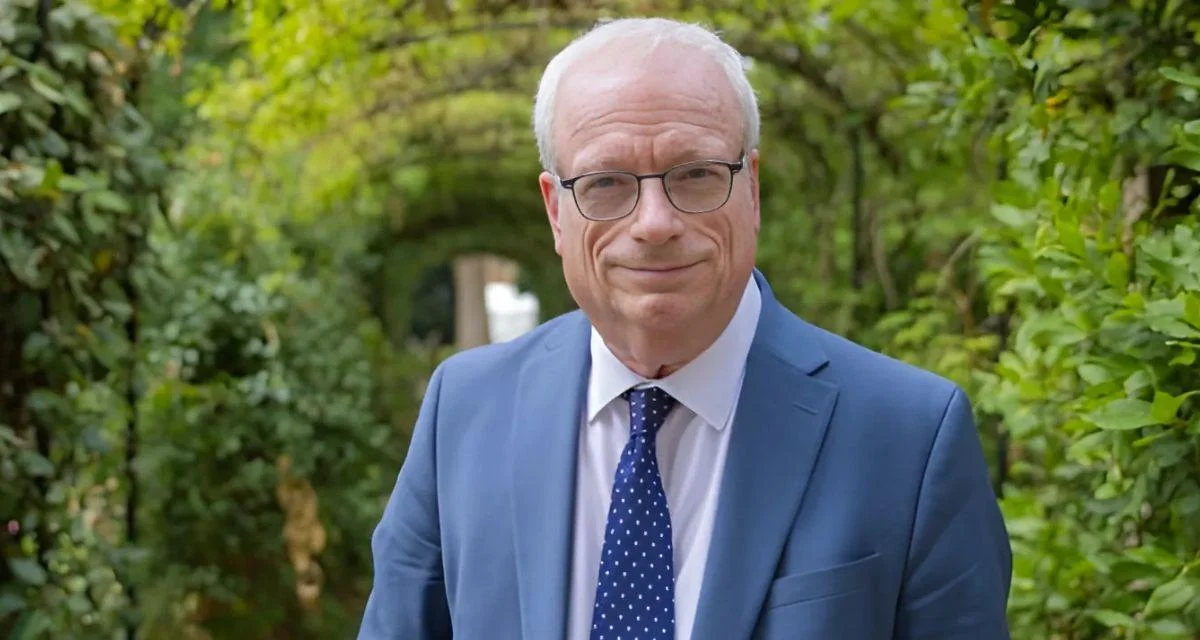The Grand Canyon has yielded a significant fossil discovery, marking the first find of its kind in the area. Researchers led by the University of Cambridge uncovered fossils of early animals such as molluscs, crustaceans, and worms dating back to the Cambrian explosion period, between 507 and 502 million years ago. This period is known for rapid evolutionary development when most major animal groups first appeared.
Unlike previous finds which were primarily hard-shelled creatures, this discovery includes soft-bodied or non-mineralised fossils from an evolutionary 'Goldilocks zone' rich in resources that likely accelerated early animal evolution. The results have been published in Science Advances.
Giovanni Mussini and his team located these fossils during a 2023 expedition along the Colorado River. “Surprisingly, we haven’t had much of a Cambrian fossil record of this kind from the Grand Canyon before,” said Mussini. The geology suggested potential for finding such fossils due to fine-grained mud rocks present in the area.
The collected samples were analyzed at Cambridge using hydrofluoric acid to dissolve rocks and reveal thousands of tiny fossils. Though none were preserved entirely, recognisable structures allowed researchers to identify their groups.
Further analysis showed complex feeding systems among these ancient animals. “These were cutting-edge ‘technologies’ for their time,” noted Mussini. Modern-looking animals included slug-like molluscs with teeth chains similar to modern snails.
During the Cambrian era, conditions in what is now Arizona supported diverse life forms due to optimal oxygen-rich water depth and abundant food sources. This environment facilitated evolutionary experimentation where animals could take risks to outpace competition.
“Animals needed to keep ahead of the competition through complex, costly innovations,” explained Mussini. In resource-rich environments like this one, evolutionary risks could be taken akin to economic investments during times of abundance.
The research received support from both US National Science Foundation and UK Natural Environment Research Council (NERC). Giovanni Mussini is affiliated with Magdalene College at Cambridge University.

